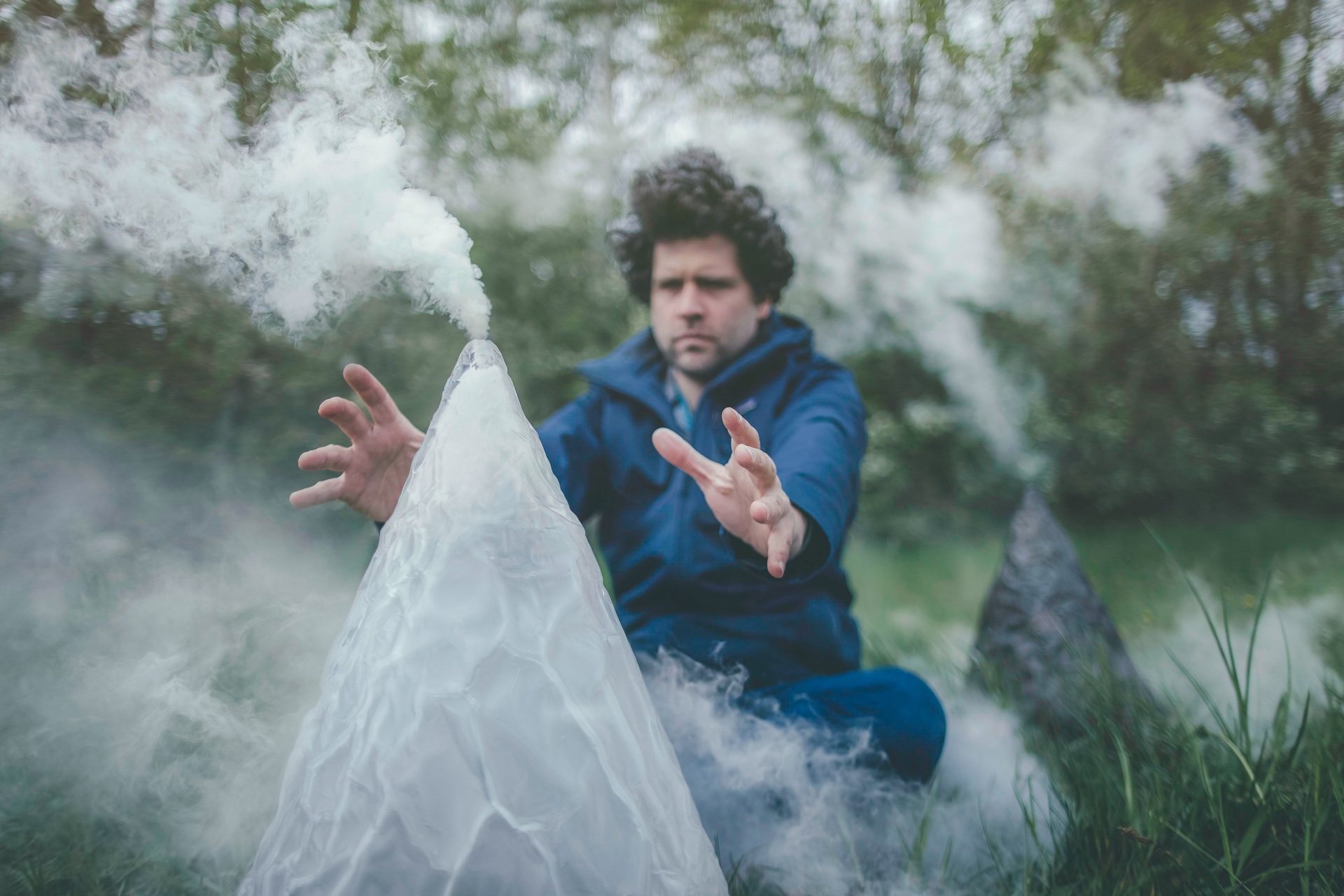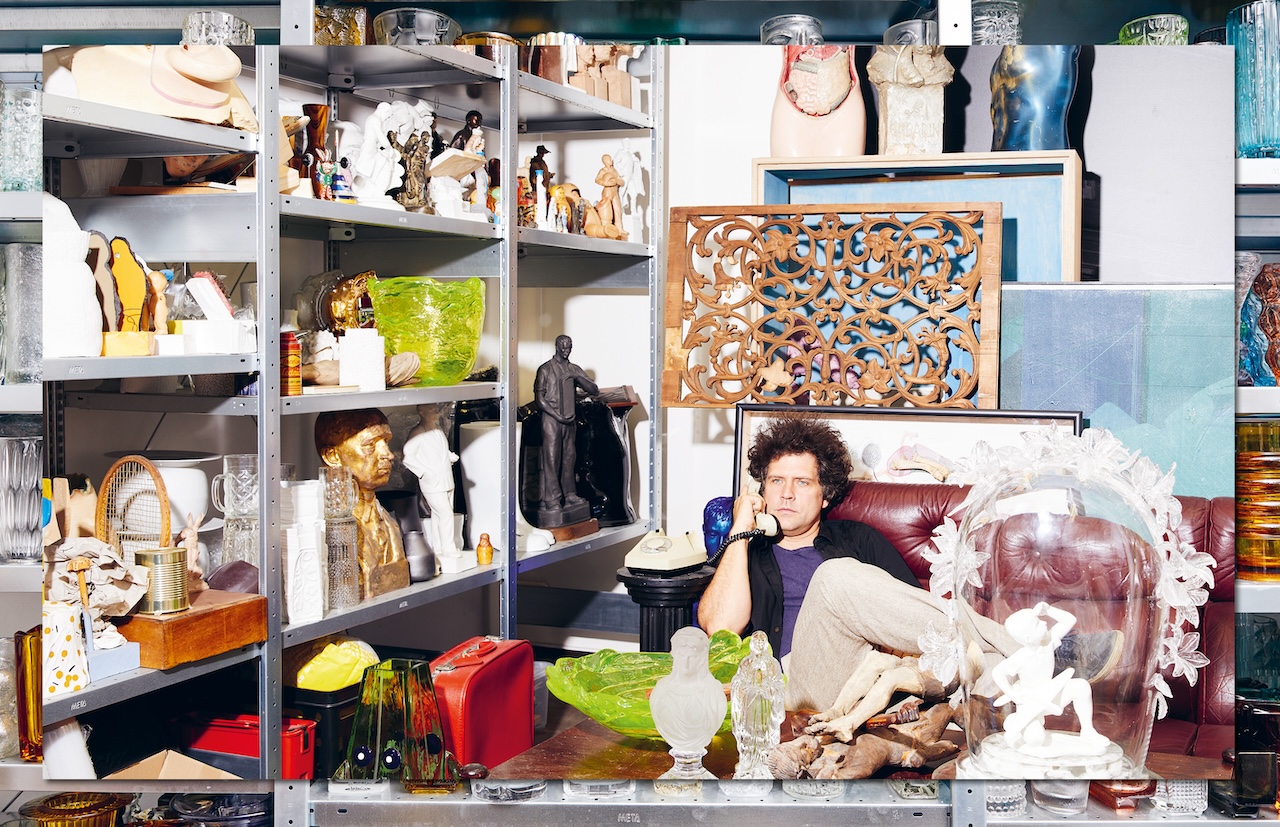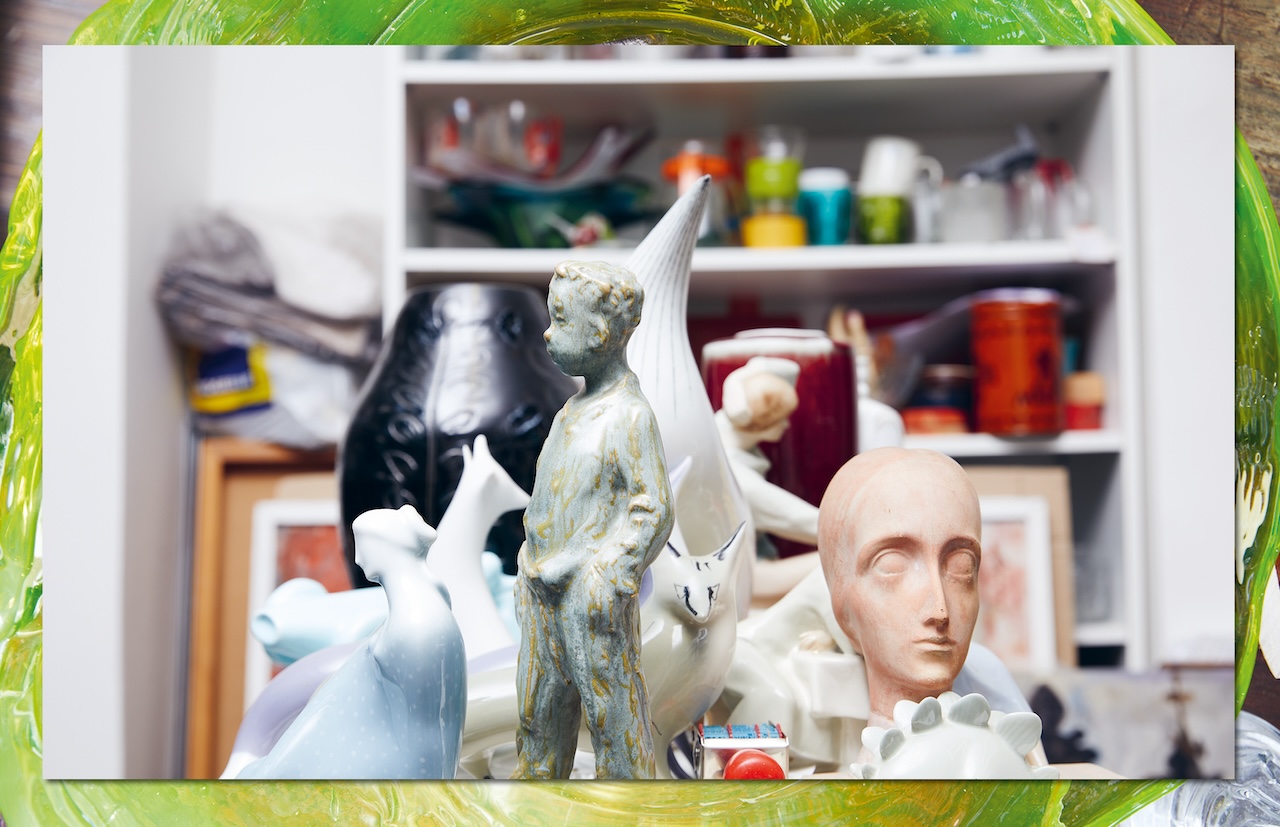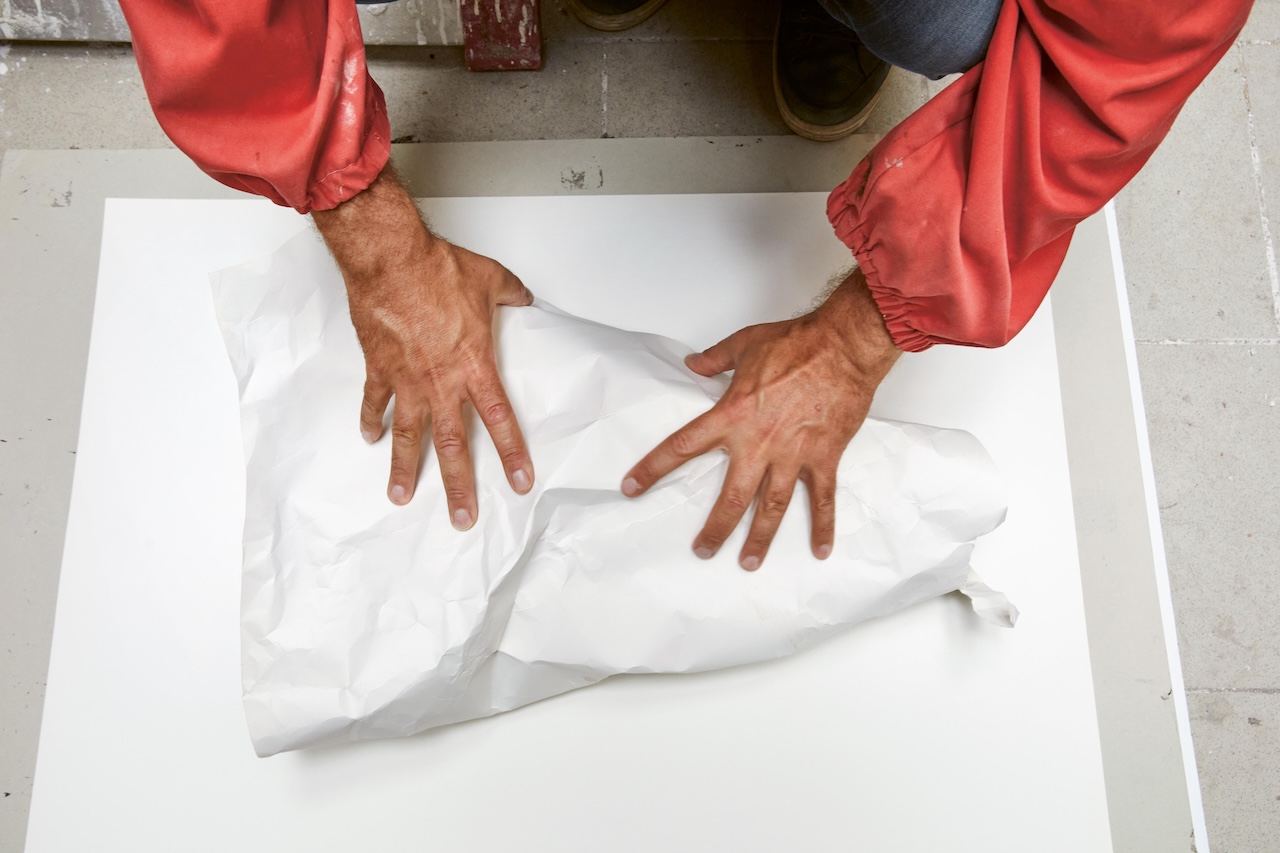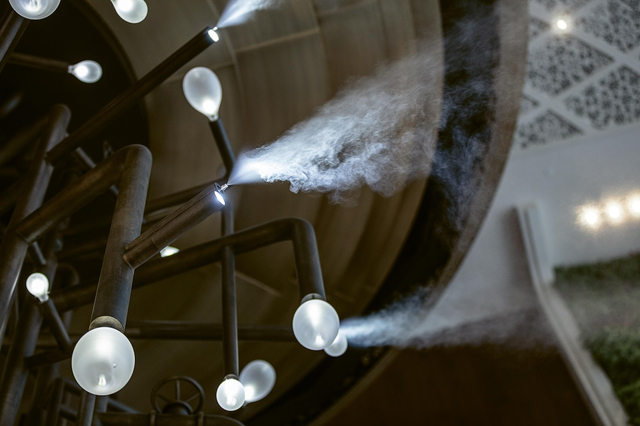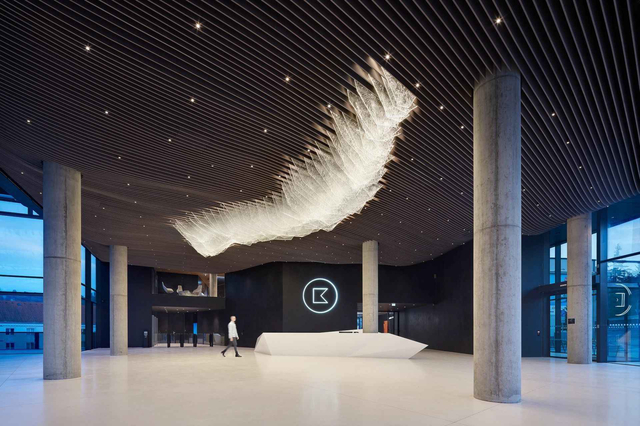
Maxim Velčovský: Museum of Everything
Meet Maxim Velčovský, the art director of Lasvit and one of the most influential figures on the Czech design scene. Join us as we take you behind the scenes of his creative process, where he breathes new life into timeless artifacts by infusing them with fresh narratives. Step into his 'Museum of Everything,' a space where each piece tells a story, and age-old traditions seamlessly merge with contemporary design.
When selecting a design option, do you rely on your intuition or do you have a method that helps you decide on what fits into a collection and what doesn’t? I just see it and have been aware of what’s going on in the artistic community for forty years. Nowadays, wherever you go, designers offer themselves to you, but the beginnings were very different. Among the first designers we worked with were Fabio Novembre. Fabio was at the first Lasvit presentation before me and approached Nendo and Mathieu Lehanneur. These collaborations were a gateway to other artists. After that, all it took was being in Milan and meeting designers at the exhibition stand or in a bar. That’s where most things get arranged anyway. What about Daniel Libeskind, is it possible to meet him in a bar too? Yes, actually. Daniel was shaping his Monster right in front of me, at the Bristol hotel in Vienna, where I brought him clay. So, if not a bar, then at least a hotel. Daniel and Leon are friends. And, moreover, Daniel really likes the Czech Republic. His educational as well as architectural thinking was influenced by Czechs (editor’s note: he was taught by the Czech emigree John Hejduk, closely collaborated with Jan Kaplický etc.). And he also loves the Baroque composer Jan Dismas Zelenka! Are you in long-term contact with designers, exchanging proposals through emails? Or do you really sketch them on a napkin, as people often think? Today, we usually address each other informally and are in touch frequently. We write to each other, meet at events around the world, and continually discuss when and on what project or another occasion it could be possible to get together again. Sometimes someone might call me with a new idea, and I’ll tell them to send it immediately. Being an art director is also a social role and often a political one. I think about how many women work as designers for us and when the war broke out, I immediately urged that we must do something with Ukrainian designers because they are not only excellent but also as an important gesture; creativity and vision must prevail over the destructive forces of war. You seek collaborations with legends like Alessandro Mendini, Bořek Šípek and René Roubíček. What was it like to work with them? It’s an absolutely fabulous experience, especially with such legends. As the art director, I am responsible for the strategies of the company, and to shape them is the objective of my job. It therefore makes sense that we want to collaborate with the very best artists from around the world, in order to capture their distinctive style and thought processes. At the same time, one must give new talents a chance to become great artists, as it is my duty to build on our history and try to preserve all that know-how for future generations. Your Prague studio looks like a giant thrift store. You have a collection of pressed glass objects, paintings of factories, doll heads, crucifixes... It’s like a museum of everything. How does being a collector impact your work? On the one hand, I like to designate an organized space for work, but, on the other hand, I need to have all that material around me. To me, things are tools for thinking; I create from and by means of them. My works show that I frequently work within the context of other objects. My Vase of Vases, for instance, is a typical example. It is basically a cast of various vases that form a new vase with their imprints. I also often create collages, various ready-mades or upcycled sculptures. On this shelf, for example, I still have a sculpture of an apple with a bite mark that I created long before Apple with its distinctive logo even existed. I made it when I was fifteen as a gift for my parents. And today, like every year, I am making a sculpture – a cake for my son. This year it will be made of wood. I hope he will be happy with it; he liked the last one. I can also see the Volcano lamp on the table over there, which you designed for Lasvit four years ago. Was that also created here? I actually got the idea for Volcano at our cottage in southern Bohemia. It was one of those instant thoughts that many people on the planet will easily understand without needing extensive explanation. We had a light bulb hanging there, and the light was too intense and unpleasant for the children’s eyes. So, someone covered it with a simple paper lampshade made from tracing paper. It’s an old but very effective trick that is internationally understood. When I was subsequently creating a collection for Lasvit, I thought it would be great to capture this moment in glass. I made a model out of paper, deliberately crumpled it up thoroughly, had a metal mould made based on it and glass blown into it. It actually formed a volcano, with flowing glass magma. So, it looks like you are constantly creating something, with ideas coming at any time, even during the holiday at the cottage. That’s right. I have several projects in progress, including a collection of women’s and men’s heels. It would be fantastic to use them for printmaking or as a pattern that would produce an interesting structure in glass. So, that’s how it is with me. Ideas keep flying around me and I’m just catching them. If you want to know more about Maxim’s journey to glass, check out the new issue of Spacial Magazine powered by Lasvit.